Looking for a magical, gorgeous and highly-addictive way to color Easter eggs?! These DIY volcano eggs are an awesome craft and science activity in one. With just baking soda and vinegar, you can make erupting eggs that are brilliantly colorful and tons of fun.
For more science fun, check out our 30 Science Experiments in our shop – complete with a no prep science journal to keep track of results!

Getting Ready
To make volcano eggs, we first gathered a few supplies:
- Small jars or glasses (one for each color you want)
- Measuring spoons
- Baking soda
- Food coloring or liquid colors
- Vinegar
- Large glass or clear plastic container
- Paint brushes
- Baking dish (or something with a edge to catch any overflow)
- Hard boiled eggs
Mixing Up The Paint
My kiddos decided they needed every color of the rainbow for the volcano eggs, so I grabbed 6 empty baby food jars and had my 3 year-old measure 2 tablespoons of baking soda into each jar. Since amounts don’t need to be exact, this activity provides the perfect opportunity for little ones to practice measuring.
My 5 year-old then added a few drops of food coloring to each jar. Then they added water to the jar a few drops at a time using a dropper. It took some serious fine motor control on my 3 year-old’s part – he kept wanting to squeeze the entire dropper in at a time.
They used the paint brushes to mix up the slurry and stopped adding water when it became a think paste.
Volcano Eggs
We find the most fun activities tend to be the messiest and this one definitely needs to be done outside. These volcano eggs were no exception! We grabbed our paint, eggs, vinegar, large glasses and the baking dishes and headed out to our patio.
Just a note, vinegar will kill plants so make sure any over flow is away from your plants and grass. I was careless last summer when making volcanoes and we still have a big brown spot on the lawn a year later!
The kiddos dove right in, grabbing an egg and painting away. As you can see, my little ones had dyed hands even before the painting began, so dress your kiddos for a mess that could stain.
Once the eggs were painted, it was time for fizzy volcano egg fun! My 5 year-old, A, carefully lowered her paste covered egg into the vinegar.
She was all smiles as the baking soda caused the vinegar to bubble and fizz over the edge of the glass.
My daughter used a wire egg lifter to carefully lift out the volcano egg and see the magical results. The reaction causes some of the colors to change a bit so you never really know what you’ll get. That’s just part of the fun!
Once, they saw the reaction, they immediately reached for the next egg. We had made two dozen eggs, but the kids were so excited that I had to quickly grab a few for myself before they snagged them all!
We had a blast experimenting with different color combinations and seeing how different amounts of paint affected the color.
We discovered that a good thick coat of paint not only caused a big eruption but also made the most vibrant eggs. It also helped to let the paint sit on the egg for a minute before plopping them in the vinegar.

The Science Behind It
When you add the egg to the vinegar, the acetic acid in the vinegar reacts with the bicarbonate in the baking soda paint. Voila – a volcano egg!
When an acid and base are mixed they react to form carbon dioxide gas bubbles. These gas bubbles rise to the surface but, since carbon dioxide gas is heavier than air, the bubbles stay on the surface of the vinegar creating all that foam.
More Science That Rocks
Keep the scientific fun going with our Super Cool Science Kit – 30 jaw dropping experiments that use simple ingredients like salt and baking soda PLUS a no prep science journal to record the results! Grab your instant download HERE.


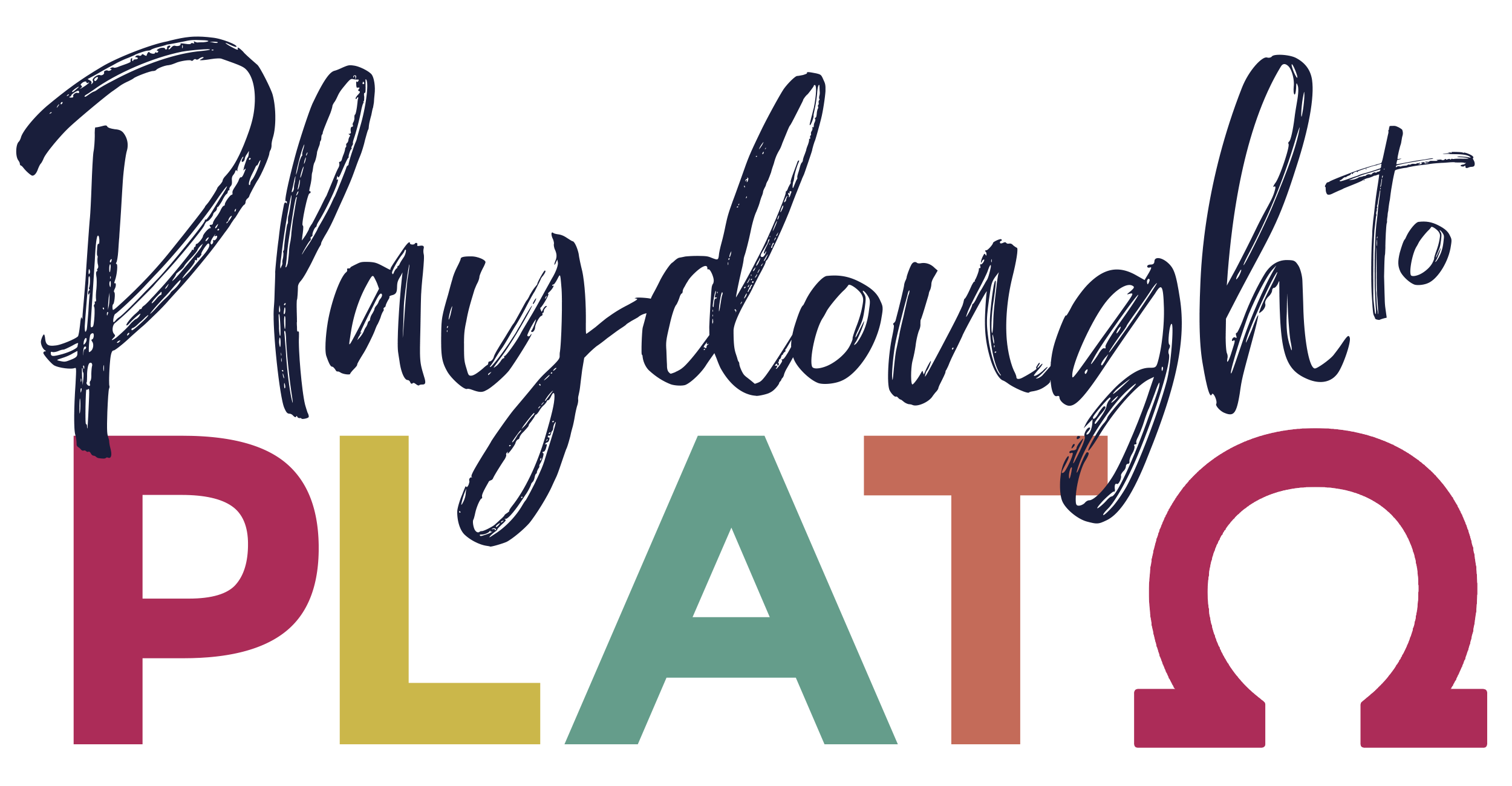
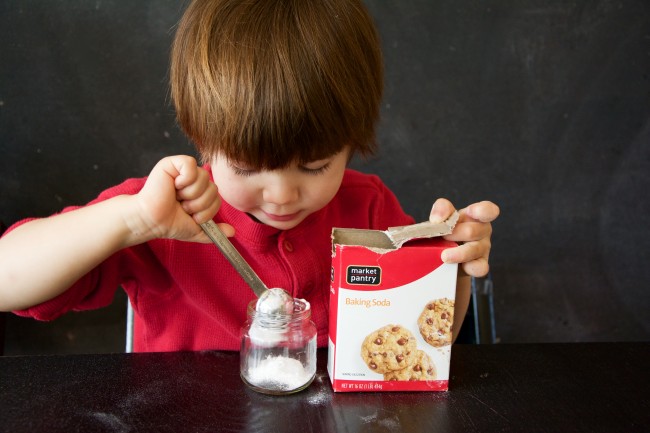
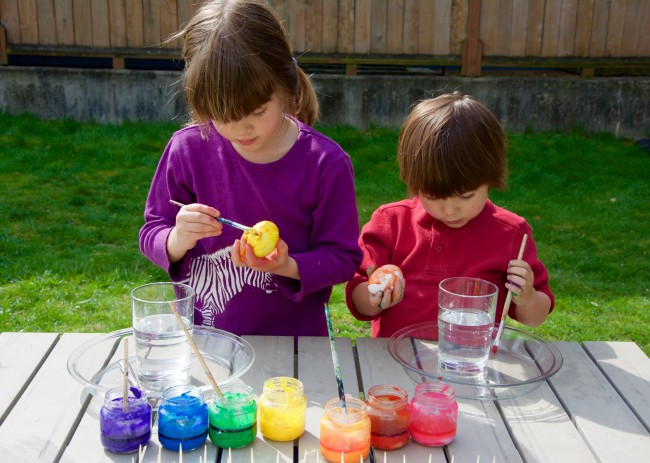
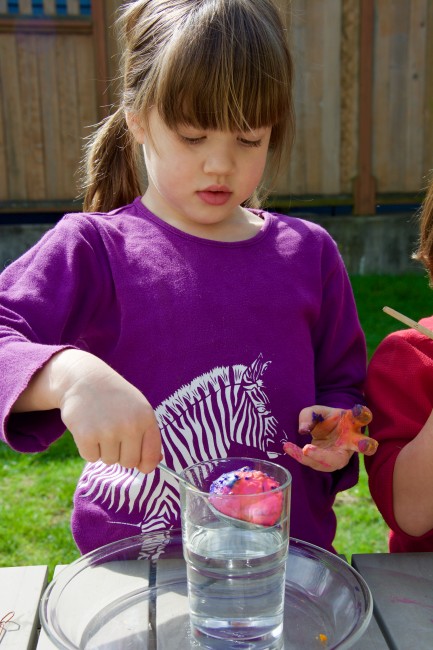
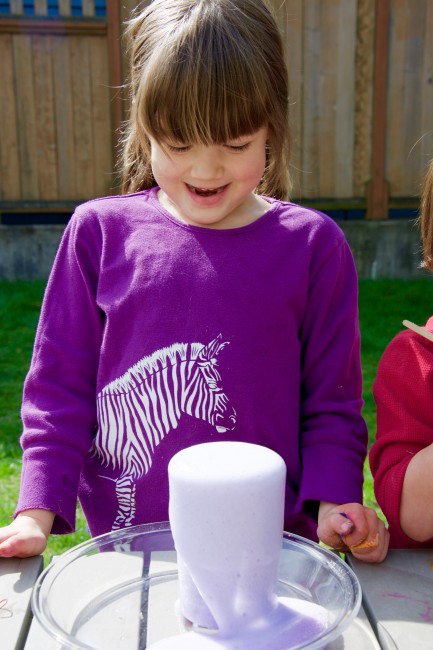
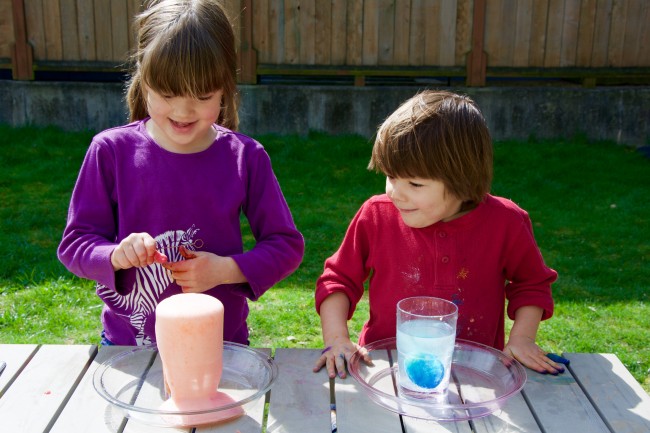
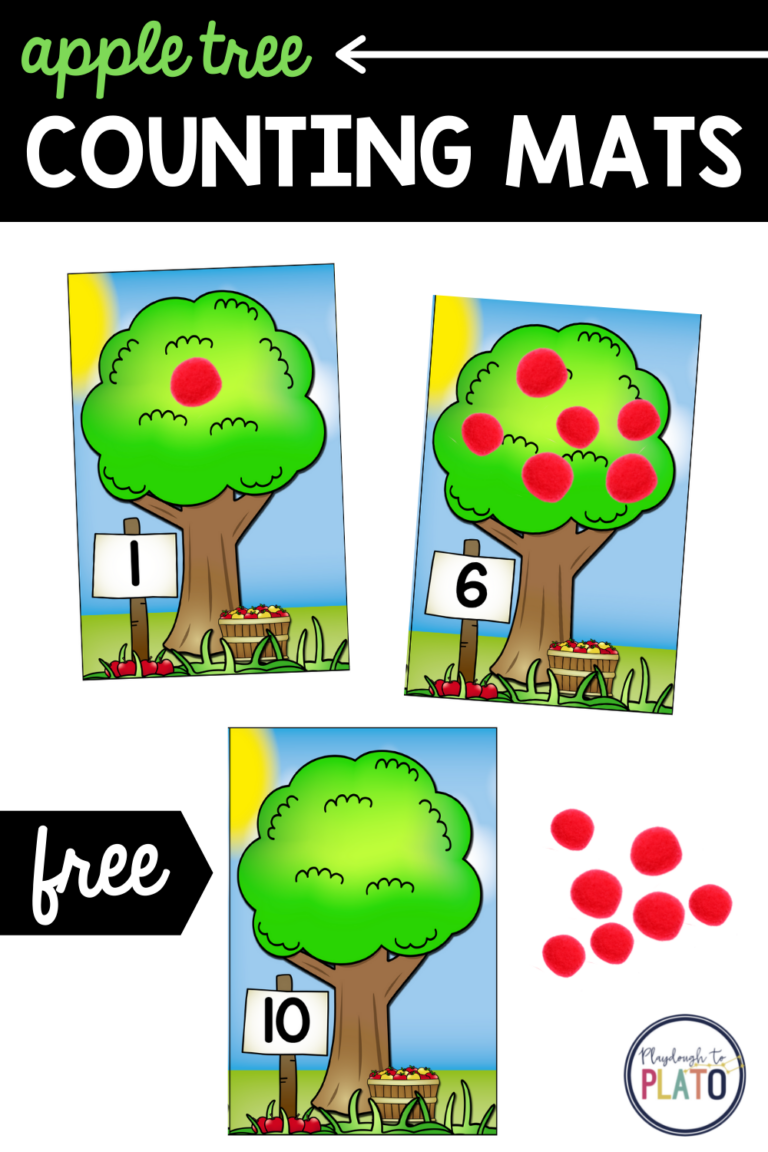
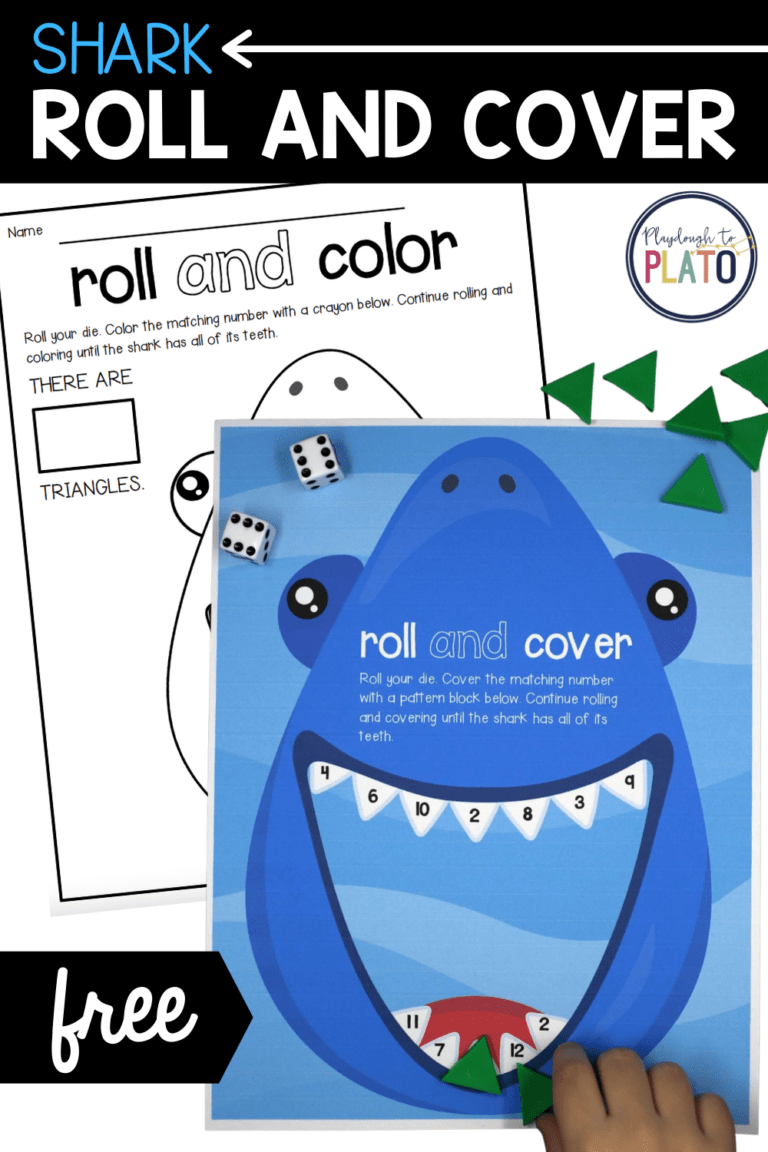
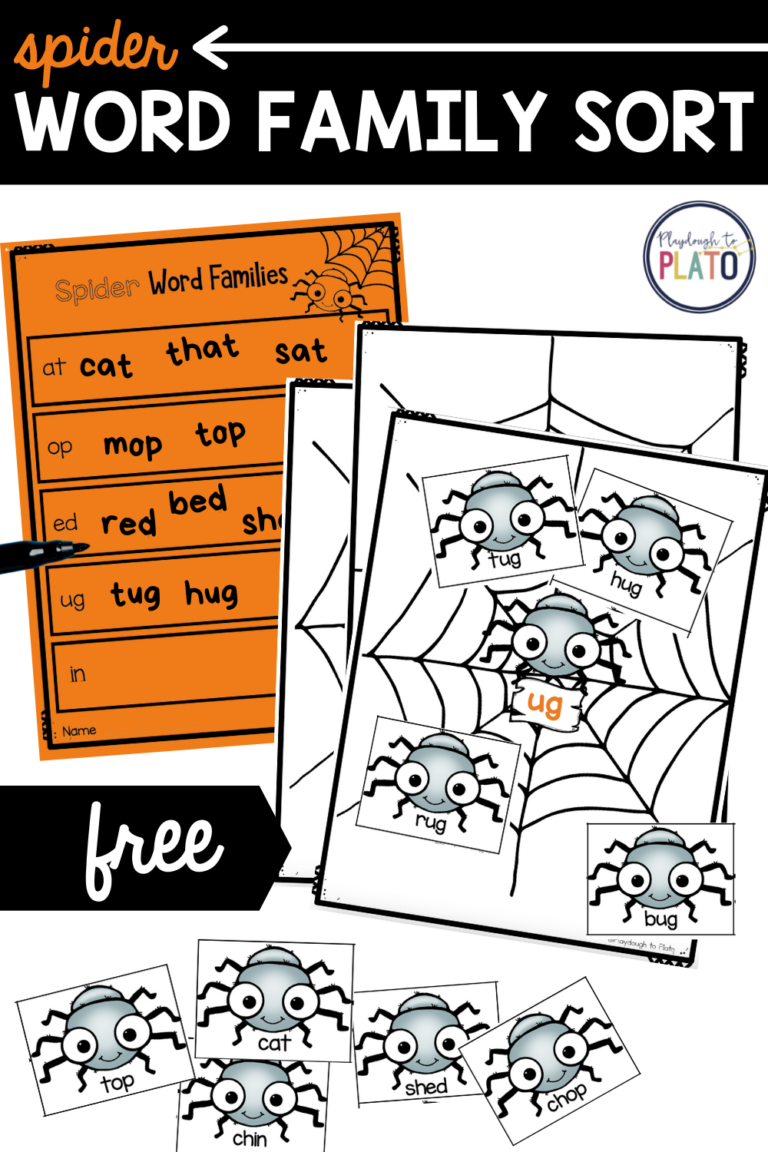
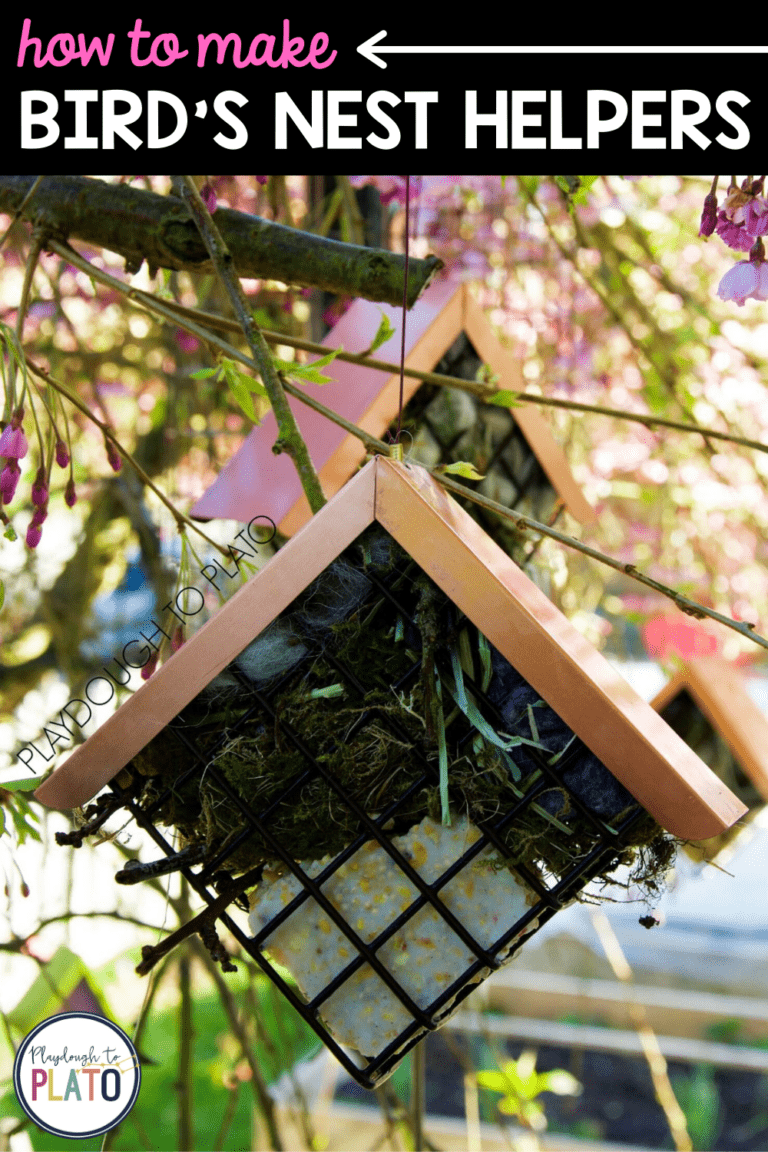
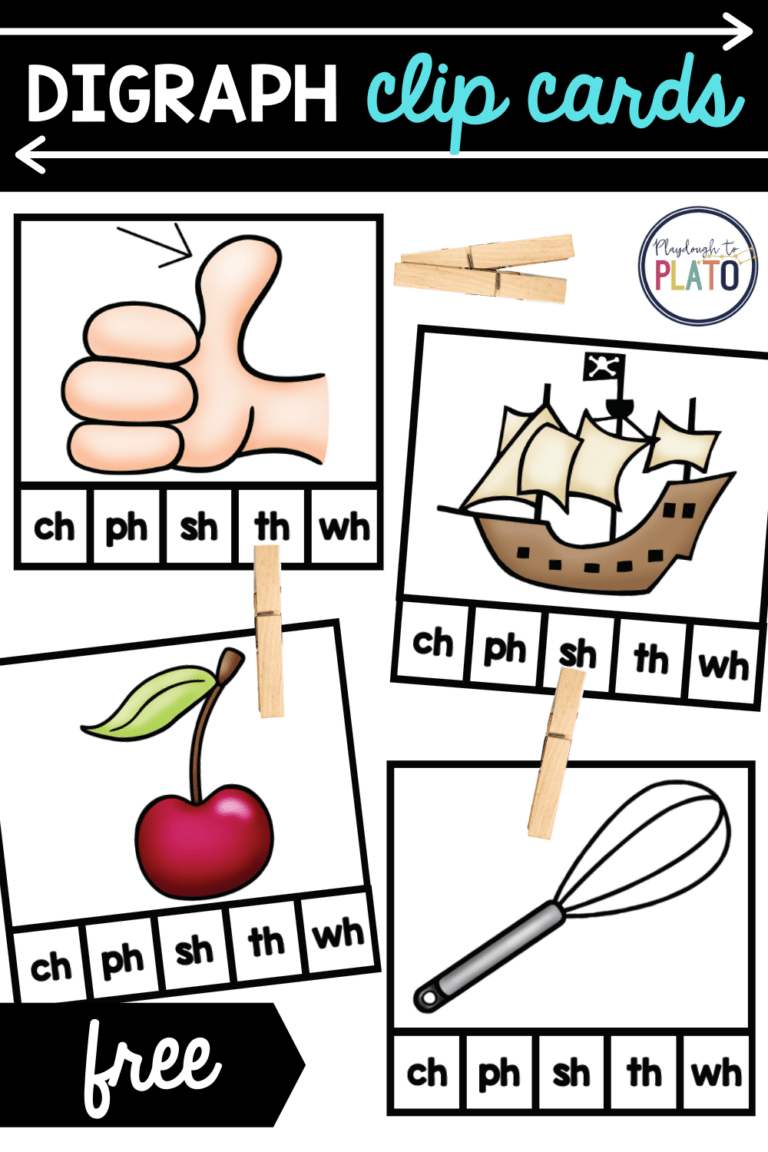
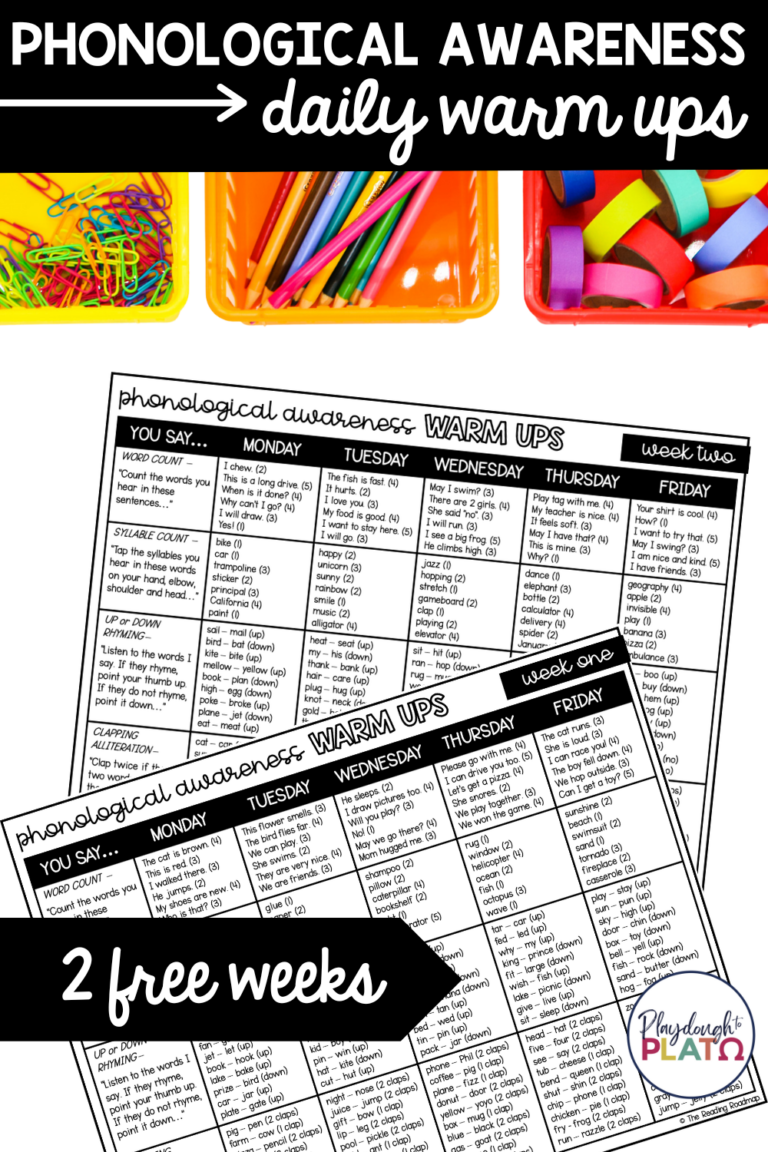
I love this idea! Do you know if it would work with something other than an egg (preferably not a food item)? Thank you!
The baking soda and vinegar reaction will work with anything. We just used hard boiled eggs since this was an Easter Egg dying activity. We have also painted paper with baking soda paint and then sprayed it with vinegar to watch it fizz. There are so many ways to experiment with these 2 ingredient so have fun!
Do you need to change the vinegar for each egg? Or can it be reused?? Thanks!
Hi Kristina,
You can re-use the vinegar for multiple eggs, but if it stops fizzing, you’ll probably want to switch it out.
Warmly,
Ashley // Happiness Ambassador